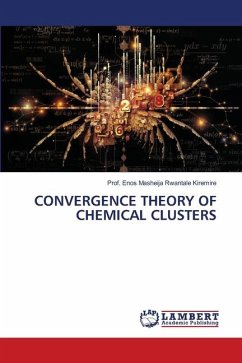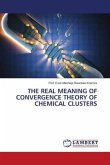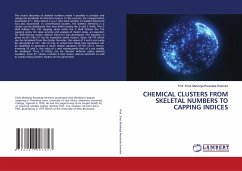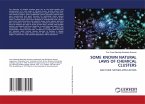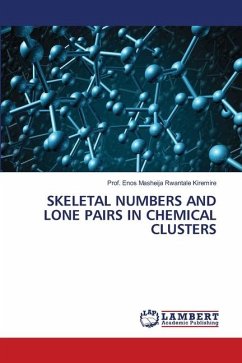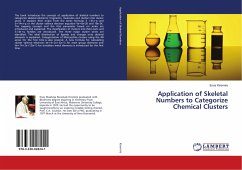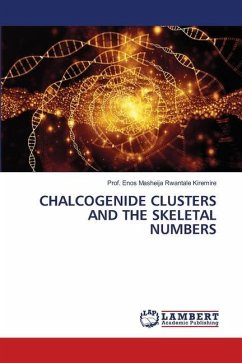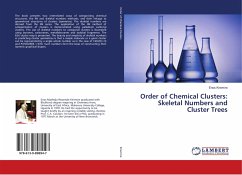The aim of this short book is to give a testimony that after analyzing and categorizing hundreds of chemical clusters using the new knowledge of cluster theory with its skeletal numbers is the revelation that all transition metal elements and their clusters aim at achieving the crown cluster parameter K(n)=0(1). For instance, Fe(k=5) means it needs five two electron donors in order to attain the parameter K(n)=0(1) and hence it forms Fe(CO)5 cluster. On the other hand, Fe2(CO)9 has K=1 meaning all it needs is 1CO ligand for it to decompose into 2 Fe(CO)5 while Fe3(CO)12 has a cluster number K=3 meaning that if we add 3CO ligands it will decompose into 3Fe(CO)5 clusters which all obey the 18 electron rule. Likewise, the cluster Os5(CO)16 with K=9 implies that if it receives 9CO ligands it will decompose into 5Os(CO)5 mono-skeletal clusters each with K(n)=0(1). All the selected examples in this book demonstrate this principle. In addition, the numbers regarding cluster valence electrons known as magic numbers are found to be cluster valence electrons which belong to specific clan series, Dz.
Bitte wählen Sie Ihr Anliegen aus.
Rechnungen
Retourenschein anfordern
Bestellstatus
Storno

